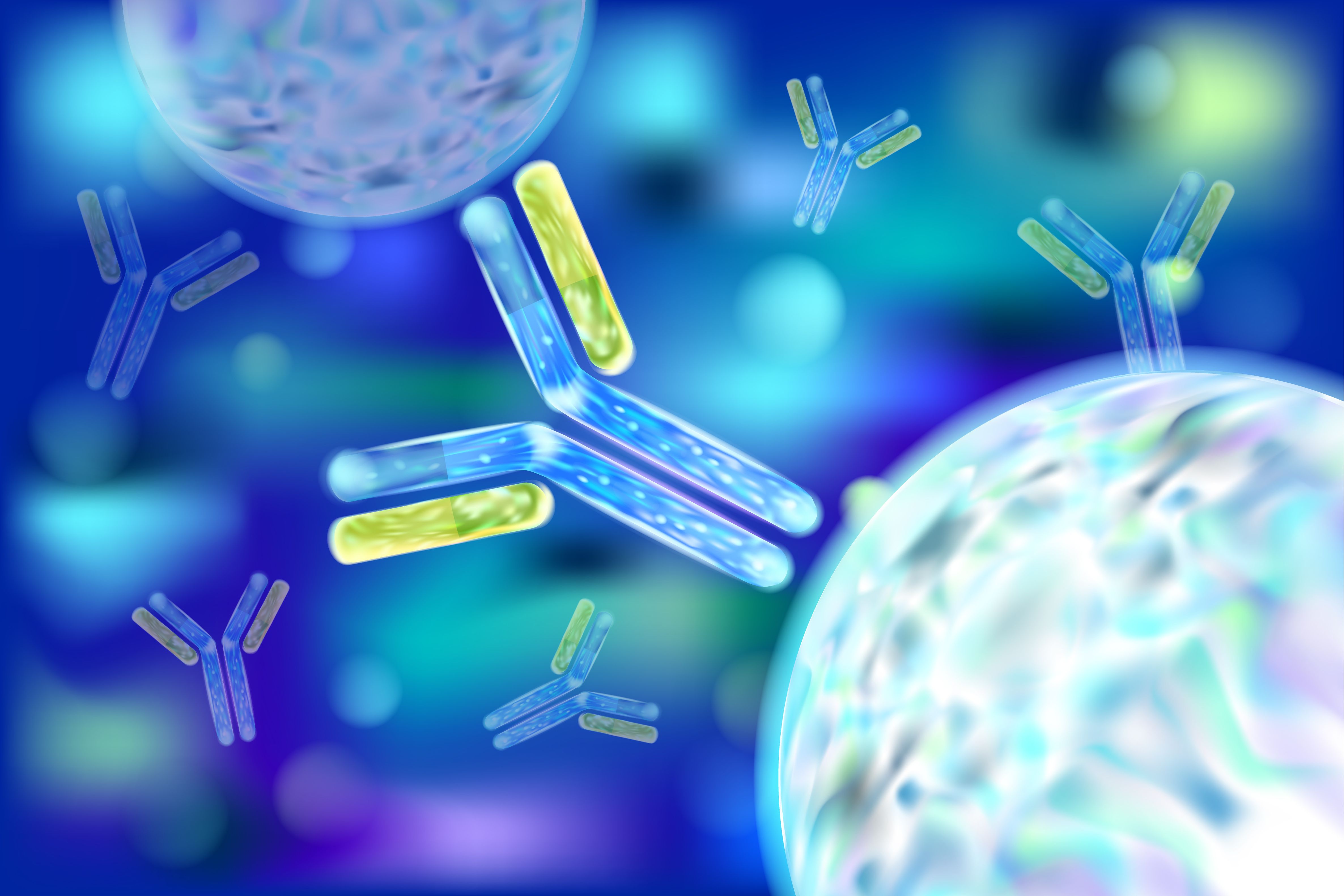Article
Protein May Not Differentiate Rheumatoid Arthritis, Hepatitis C Virus Symptoms
Author(s):
Low incidence of 14-3-3η in patients with long-term RA, chronic HCV with arthralgias.
The 14-3-3eη protein could not distinguish between rheumatoid arthritis (RA) joint pain and chronic hepatitis C virus (HCV) infection, suggesting that the protein is not useful in patients with long symptom duration, according to results presented at the 2017 American College of Rheumatology/Association of Rheumatology Health Professionals
Annual Meeting.
“In our cohort, 14-3-3η did not distinguish between joint pain from RA or chronic HCV infection,” the authors wrote in their abstract. “This suggests it is not useful in patients with long symptom duration.”
The 14-3-3eη protein, when combined with traditional antibodies, has been proven to improve the accuracy of RA diagnosis; however, chronic HCV can often be mistaken for RA. The researchers assessed how well this protein can distinguish between patients with chronic HCV with long-term joint pain and patients with RA.
The researchers enrolled patients who had been diagnosed with RA or chronic HCV infection at the VA St. Louis Health Care System in St. Louis, MO. All patients had joint disease for more than 10 years in at least 3 joints. The researchers used a quantitative sandwich ELISA to assess serum 14-3-3η titers; a serum titer of .0.19ng/mL indicated that 14-3-3η was present.
The incidence of 14-3-3η was low — only 2 patients with RA(14.3%) and 1 patient with HCV (4.8%) had elevated levels of the protein. According to Chi-squared analysis, there was no significant link between the presence of 14-3-3η and an RA or HCV diagnosis, according to the authors.
“We show a low incidence of 14-3-3η in a cohort of patients with long-standing RA or chronic HCV with arthralgias, lower than was reported previously,” the authors wrote. “Most of our RA cohort’s disease was controlled on therapy. Therefore, detection of 14-3-3η may be most useful early in the disease course and may be a good biomarker of disease activity.”
More research is needed to examine the correlation of 14-3-3η positivity with disease activity and duration.






